Danny | Posted on |
24/7 Free Scheduling.
Cancel any time.
Get Your FREE Estimate!!
Pasadena’s neighborhoods are as diverse as their HOA requirements. Whether you live in Bungalow Heaven, Madison Heights, or Hastings Ranch, understanding your homeowners association’s (HOA) fencing rules is essential before starting any installation. From height restrictions to approved materials and color limitations, compliance with HOA standards can mean the difference between a smooth project and costly delays. This guide walks you through everything you need to know.
Why Understanding HOA Fence Guidelines Is So Important
Ignoring HOA rules can lead to fines, forced fence removal, or long delays. Many Pasadena HOAs have strict aesthetic and structural guidelines to maintain neighborhood cohesion. Starting with full clarity on the rules ensures your investment meets approval the first time.
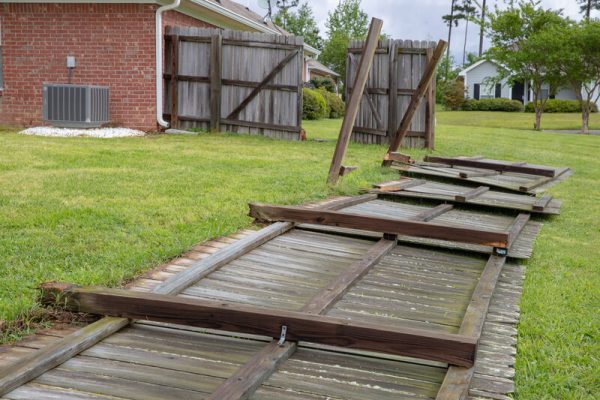
Avoiding HOA Violations and Fines
Even small deviations—like exceeding height limits or using the wrong material—can trigger penalties or demands for removal.

Preventing Delays in Fence Installation
Most HOAs require formal approval processes. Submitting incomplete or non-compliant plans can stall your timeline by weeks.
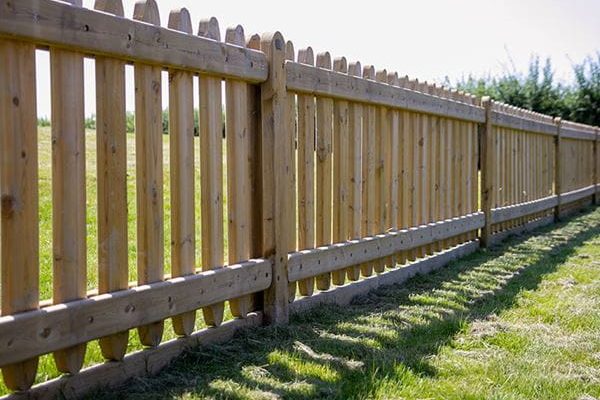
Protecting Your Property Value
Fences that blend seamlessly with the neighborhood aesthetic can increase curb appeal and resale value.

Securing HOA Fence Approval in Advance
Work with a contractor who understands HOA paperwork and can prepare a compliant plan that speeds up the approval process.
- Call HandyMaestro at (626) 325-2617 for a free quote today!
Common HOA Restrictions in Pasadena Neighborhoods
While rules vary, many Pasadena HOAs share similar restrictions around fence height, placement, style, and finish. These factors often depend on the home’s visibility and lot orientation.

Fence Height Limitations
Front yard fences are often limited to 3–4 feet, while backyard fences may go up to 6 feet depending on visibility.

Material and Color Requirements
Some HOAs only allow wood or composite in neutral tones, and prohibit chain link or bright colors.
Setback and Easement Rules
HOAs may require fences to be set back from sidewalks or neighboring properties.

Visibility and Open Design Mandates
In corner lots or near shared driveways, open designs like pickets or cable railings may be required for visibility.
What Types of Fences Are Typically HOA-Approved?
Certain materials and styles tend to pass HOA approvals more easily across Pasadena neighborhoods.
Wood Privacy Fences With Natural Finishes
Classic and easy to match with most community aesthetics.
Vinyl Fencing in Neutral Colors
Durable and low-maintenance; usually accepted when colors are muted.
Composite Fencing That Mimics Wood
Eco-friendly, durable, and increasingly popular among modern HOAs.
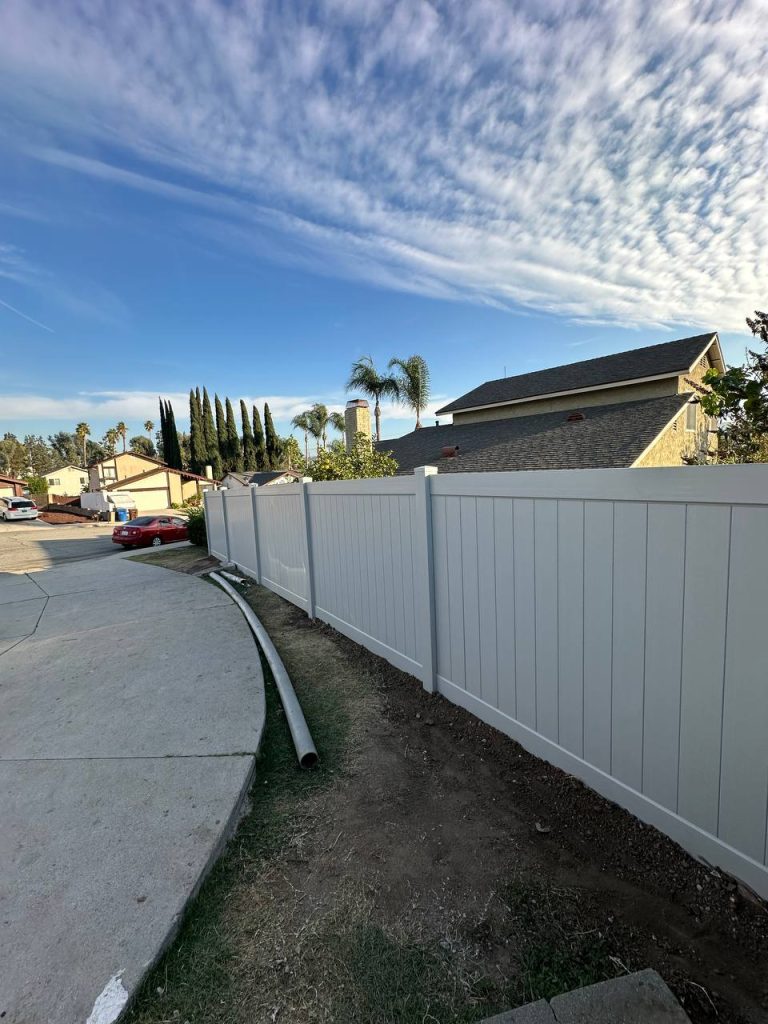
Navigating the HOA Approval Process for Fencing
Each HOA has its own steps for reviewing and approving fence projects. Understanding the process can save weeks of back-and-forth.
Submitting a Fence Design Proposal
You’ll typically need to submit a sketch, material list, and color samples.
Review Timeline Expectations
Most HOA boards review applications monthly—timing matters.
Working with an Experienced Fence Contractor
Pros like HandyMaestro can help you prepare HOA-friendly designs that get approved faster.
Documenting Approval for Permits
Keep all HOA approval letters—they may be needed for city permitting or future property sales.
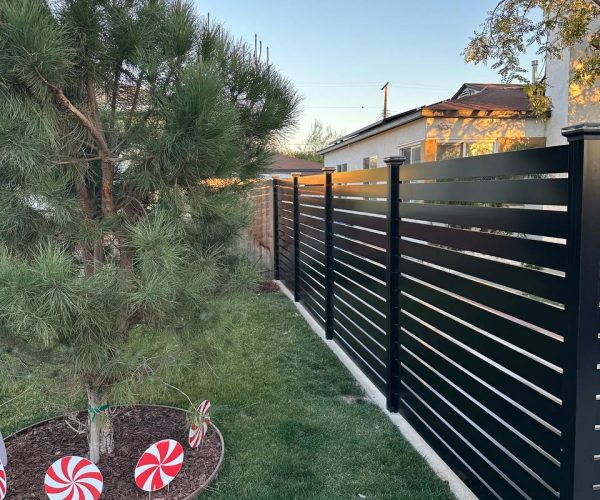
Pasadena Neighborhoods With Strict Fence Regulations
Not all neighborhoods are equal—some HOAs are far more restrictive than others. Knowing where your property falls can guide your expectations.
Bungalow Heaven Historic District
This area has extra historical restrictions and may limit modern materials or tall fences.
Madison Heights
Expect strict height limits and color guidelines focused on preserving curb appeal.
South Lake and Oak Knoll
Known for their manicured look, these HOAs may not allow privacy fences in front yards.
Annandale and Linda Vista
Fences must often match architectural style and existing landscape design.


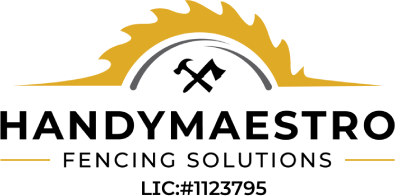

Leave a Reply